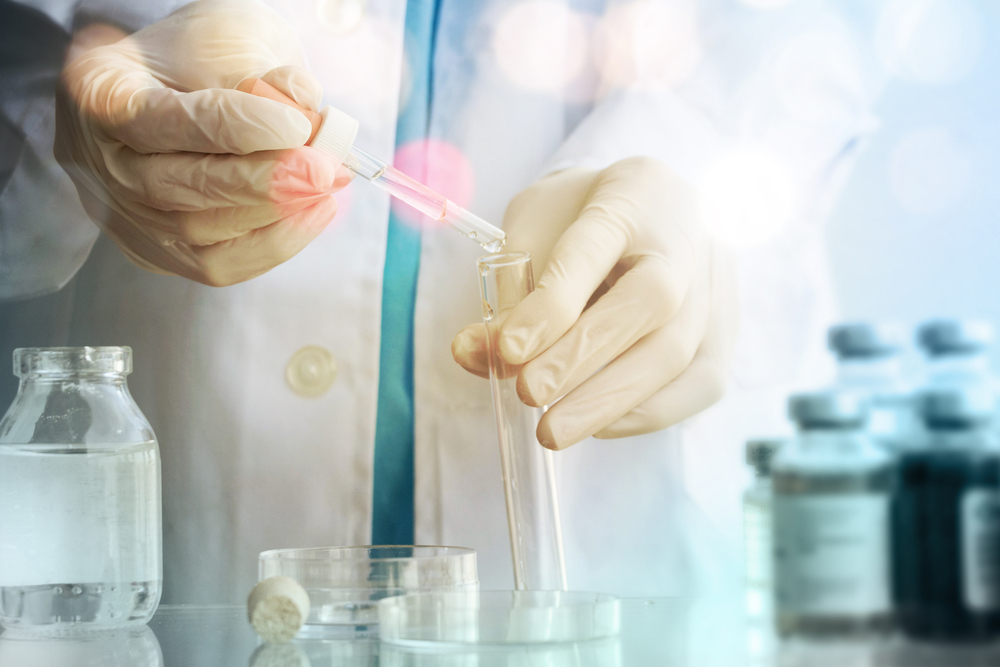Drug abuse has become a widespread problem across the world. It negatively impacts individuals as well as societies. Various organizations conduct drug testing to detect drug use and prevent related issues. With advancement in technology, drug testing devices have also evolved over the years. These devices play a significant role in drug abuse screening process.
In-vitro Testing Devices
In-vitro devices help detect drug metabolites in samples collected from individuals undergoing screening. Urine is the most common sample type used for in-vitro drug testing. Saliva and oral fluid samples are also gaining popularity due to their non-invasive nature. Following are some commonly used in-vitro drug testing devices:
Instant Urine Drug Test Cups
Instant urine drug test cups, also known as dip cards or dipsticks, are point-of-collection drug testing devices. Drug For Abuse Testing Devices provide on-spot results within 10 minutes without the need for any elaborate equipment. These cups contain test strips coated with antibodies specific to different drug classes. When the urine sample is added, these antibodies detect drug metabolites and indicate a positive or negative result.
Cassette-based Urine Analzyers
More advanced cassette-based urine analyzers provide quantitative results for multiple drug classes simultaneously. Laboratories commonly use these table-top devices for high volume screening. Samples are pipetted into cartridges containing strips pre-coated with drug antibodies. The instrument reads and displays results on its screen within 15 minutes. Some models are also portable for use at collection sites.
Oral Fluid Drug Screening Devices
Oral fluid or saliva testing devices have gained prominence due to their non-invasive nature. Saliva collection eliminates privacy and hygiene issues associated with urine samples. Saliva-based screening is preferred for situations requiring instant results like roadside screening. Devices for saliva analysis work on similar principles as urine test cups by detecting drug metabolites in collected oral fluid samples.
Breathalyzers for Alcohol Detection
Breathalyzers have been an integral part of alcohol screening for decades. They provide accurate and objective results for determining blood alcohol concentration (BAC) levels within minutes by analyzing breath samples. Law enforcement agencies commonly use handheld breathalyzers for roadside screening during traffic stops to check for drunk driving offenses.
Confirmatory Laboratory Testing
While screening tests provide preliminary results, confirmatory laboratory testing is required for verification and quantitative analysis. Drug metabolites are extracted from body samples through specialized techniques and analyzed using sophisticated instruments like gas chromatography-mass spectrometry (GC-MS) and liquid chromatography-tandem mass spectrometry (LC-MS/MS). GC-MS and LC-MS/MS can detect and identify specific drug compounds and their metabolites in minute concentrations down to picogram levels in samples.
Advantages of Advanced Testing Devices
In-vitro drug testing devices have gone through remarkable advancement. Recent devices offer multiple advantages over traditional methods:
Objectivity: Automated analysis by advanced instruments eliminates human error and provides consistently objective results.
Speed: Rapid testing within minutes helps save time and cost compared to conventional procedures requiring laboratory processing.
Convenience: Portable devices enable on-site sample collection and analysis without the need to transport specimens.
High-throughput: Laboratories can screen large pools of samples simultaneously using automated instruments.
Sensitivity: Technology enhancements allow detecting drugs at ultra-trace levels in diverse matrices like hair and nails in addition to traditional urine and saliva sampling.
Specificity: Sophisticated instrumentation achieves definitive identification of exact drug compounds present without ambiguity.
Expanding Scope of Testing Programs
Rising substance abuse has amplified the need for efficient drug screening worldwide. Besides traditional workplace and criminal justice applications, drug testing is now extending to broader areas:
Clinical Settings: Tests aid in medical diagnosis, monitoring treatment adherence, and detecting relapses.
Sports Organizations: Doping control ensures fair play and protects athletes’ health via pre- and post-event screening.
Schools and Colleges: Random and just-cause testing deters substance abuse among students on campuses.
Private Companies: Employers screen prospective or current employees under employee wellness or reasonable-cause scenarios.
Mass Screening Programs: Governments conduct mass population screening campaigns in high-risk regions or communities.
With ongoing technological strides, Drug For Abuse Testing Devices are bound to become more rapid, sensitive, affordable and user-friendly. Universal availability of such tools can help counter the worsening drug crisis and fulfill the growing need for forensic applications worldwide. Their enhanced role in broad testing initiatives holds promise for promoting safety as well as treatment and rehabilitation of substance users.
Drug testing devices have transformed significantly from basic immunoassays to sophisticated analytical systems. They now enable simple, objective and high-volume screening for multiple drugs simultaneously. Further advances will expand access to testing to more populations and purposes. With judicious application, such tools can aid in curbing the drug menace while upholding civil liberties and supporting healthcare initiatives. Their integration with treatment programs also holds potential for positively impacting public health on a large scale.
*Note:
1. Source: Coherent Market Insights, Public sources, Desk research
2. We have leveraged AI tools to mine information and compile it

